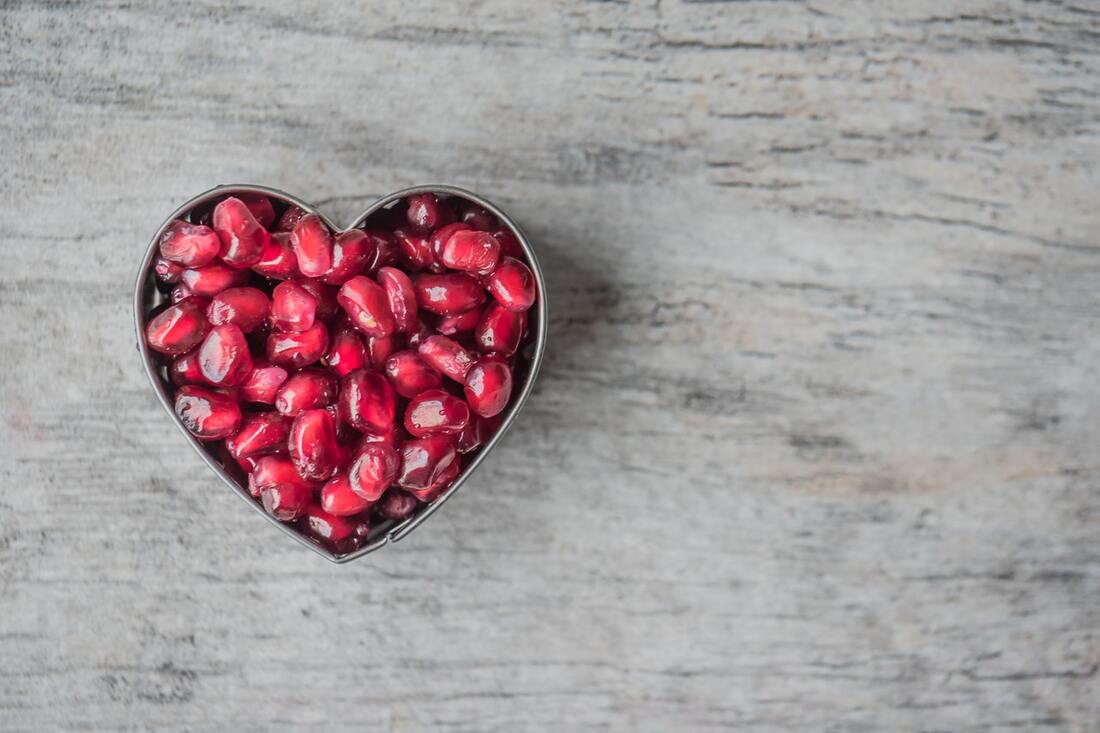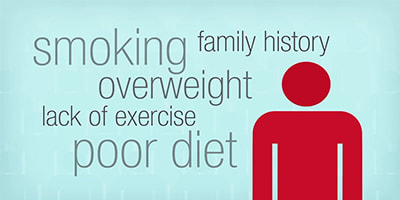|
High cholesterol has no signs or symptoms, so the only way to know if you have it is to get your cholesterol checked.
What is Cholesterol?
Physically, cholesterol is a waxy substance made by your liver. It’s not inherently “bad.” In fact, your body needs it to build cells. But too much cholesterol can pose a problem. Your liver makes all the cholesterol you need, and the remainder of the cholesterol in your body comes from foods from animals. For example, meat, poultry, and dairy products all contain dietary cholesterol. Cholesterol circulates in your blood. As the amount of cholesterol in your blood increases, so does the risk to your health. High cholesterol contributes to a higher risk of cardiovascular diseases, such as heart disease and stroke. That’s why it’s important to have your cholesterol tested, so you can know your levels. HDL Cholesterol - Good HDL cholesterol can be thought of as the “good” cholesterol because a healthy level may protect against heart attack and stroke. LDL Cholesterol - Bad LDL cholesterol is considered the “bad” cholesterol because it contributes to fatty buildups in arteries. This narrows the arteries and increases the risk for heart attack and stroke.
Knowing Your Risks
Certain health conditions, your lifestyle, and your family history can raise your risk for high cholesterol. These are called “risk factors.” You can’t control some of these risk factors, such as your age or your family history. But you can take steps to lower your risk for high cholesterol by changing things you can control. Risk Factors You Can’t Control
Lifestyle Choices You Can Control
Preventing High Cholesterol The good news is, high cholesterol can be lowered with a few lifestyle modifications, reducing risk of heart disease and stroke. Often, changing behaviors can help get your numbers back in line. Eat a heart-healthy diet From a dietary standpoint, the best way to lower your cholesterol is reduce your intake of saturated fat and trans fat. This means limiting your intake of red meat and dairy products made with whole milk (saturated fat). It also means limiting fried food (trans fat) and cooking with healthy oils, such as vegetable oil. A heart-healthy diet emphasizes fruits, vegetables, and whole grains - along with unsaturated fats like poultry, fish, and nuts. When eaten in moderation, unsaturated fats may actually help improve your blood cholesterol. Be more physically active A sedentary lifestyle lowers HDL cholesterol. Less HDL means there’s less good cholesterol to remove bad cholesterol from your arteries. Physical activity is important. At least 150 minutes of moderate-intensity aerobic exercise a week is enough to lower both cholesterol and high blood pressure. And you have lots of options: brisk walking, swimming, bicycling or even yard work can fit the bill. Quit smoking Smoking and vaping lowers HDL cholesterol. Worse still, when a person with unhealthy cholesterol levels also smokes, risk of coronary heart disease increases more than it otherwise would. Smoking also compounds the risk from other risk factors for heart disease, such as high blood pressure and diabetes. By quitting, smokers can lower their LDL cholesterol and increase their HDL cholesterol levels. It can also help protect their arteries. Non-smokers should avoid exposure to secondhand smoke. Lose weight Being overweight or obese tends to raise bad cholesterol and lower good cholesterol. But a weight loss of as little as 5% to 10% can help improve cholesterol numbers. High cholesterol has no signs or symptoms, so the only way to know if you have it is to get your cholesterol checked. Talk to your health care provider about how you can manage your cholesterol levels and lower your risk.
Cholesterol Resources
0 Comments
Your comment will be posted after it is approved.
Leave a Reply. |
Topics
All
Archives
March 2023
|






